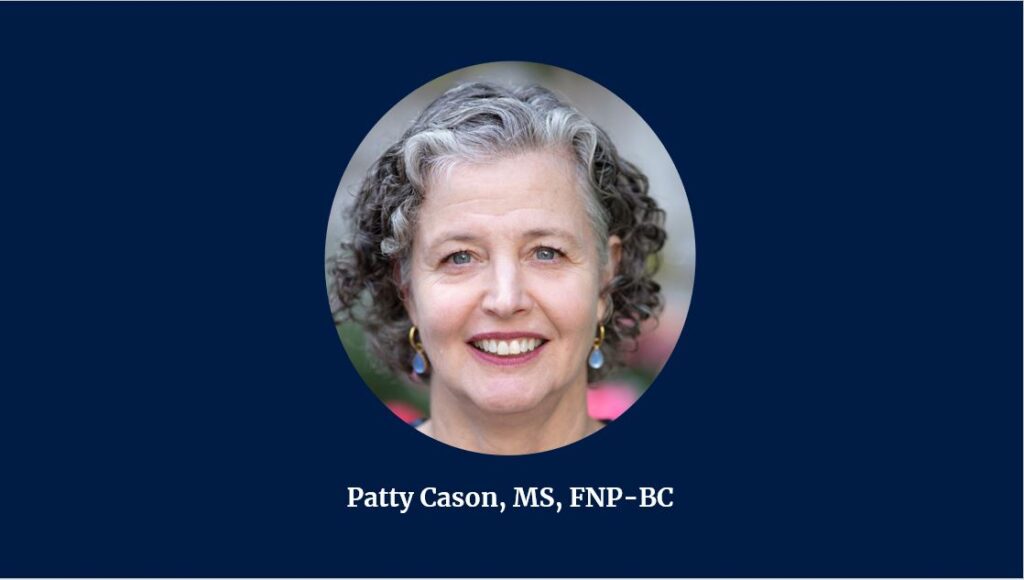Objectives:
After completing this competency area, you will be able to:
- Define your prioritized audience through audience research.
- Create a persona to represent your audience.
Estimated time to complete: 6-8 weeks.
This competency will walk you through how to conduct audience research to define your prioritized audience and how to create a persona to represent your audience.
A prioritized audience, also known as an audience or a target audience, is the specific group of consumers most likely to want or need your product or service, and therefore, are the group of people who should see your ad campaigns (1). A prioritized audience can be determined by age, gender, income, location, interests or a variety of other factors (1). Additionally, a prioritized audience for public health programs can be determined by considering factors related to certain health conditions or concerns. For your program, your prioritized audience is your priority population.
Audience research establishes the size, composition, and characteristics of a group of individuals who are, or could be, potential customers (2). This is an opportunity to gain insight on how your ideal consumers think, act and live their lives, thus enhancing the quality of your social media content and campaigns. It also helps you understand your audience’s pain points; specific problems your prospective consumers are experiencing (3). This will help determine how best to position your services in your marketing to address your ideal consumers’ pain points.
There are three types of data to gather (2):
Demographic Data
Demographic data is commonly collected data that describes your audience. This is information your program should already have: age, gender, location, profession, marital status, and education as well as their sexual health factors. This will help you get an initial look and peel back the first layer of understanding your prioritized audience.
Psychographic Data
Psychographic data looks at how your audience thinks, feels and believes about specific topics. This data uncovers the more nuanced and complex aspects of your prioritized audience, such as their needs, interests and values. This data will also uncover their pain points as well as their beliefs, fears, life goals, and aspirations.
Behavioral Data
Behavioral data explains behaviors related to specific topics. This data will uncover how they use your services and those of similar programs, how they navigate your social media and website, and how they behave online. This will give you a better understanding of their behavior as a potential consumer. You will also want to learn who and where the audience turns to for information. This will give insight into the sources that are influencing their thinking and behavior.
You want to have a good understanding of the prioritized audience’s demographics, psychographics, and behaviors as each of these areas will provide insight that will help enhance your content. It could take about 6-7 weeks to gather and analyze the data (4). However, this could take less or more time depending on the project and level of complexity. Existing staff can collect data with members of the prioritized audience, or, if resources and the opportunity permit, interns or consultants can conduct the research. Research can also be conducted by inter-weaving data collection into existing activities.
Program staff can:
- Arrange a focus group session during a Community Advisory Board meeting.
- Develop and administer a survey to clients who represent your audience.
- Directly ask questions to members of your audience during street outreach.
- Have discussions with gatekeepers and influencers to learn about your audience.
- Review social media groups and pages where your audience frequents.
As you plan to gather information, there is a helpful resource to review. This resource is a short video clip from Lee Frederiksen from Hinge (5). In this video, Lee reviews three strategies for researching target audiences. After you watch the video, discuss the processing questions with your team.
Processing Questions:
- Which persons on your team will oversee the data collection process?
- What external and internal resources can you leverage to help your team collect the data?
- How might you apply the strategies and resources described in this section to gather insights from your prioritized audience?
After you collect your data, the next step is to use the information to create an audience persona. An audience persona, also known as a buyer’s persona, is a detailed description of someone who represents your audience (6). This persona is fictional but based on deep data of your existing or desired audience (6). A persona will help you craft messages tailored directly to your audience. To create an audience persona, open and download our fillable Audience Persona Template and review the step-by-step guide and examples from Stacey McLachlan of Hootsuite. Pretend you are creating a social media profile for a real person with an “About Me” statement.
Once you develop your audience persona, proceed to the next competency area.





Objectives:
After completing this competency area, you will be able to:
Estimated Time to Complete: 1-2 days.
Now that you have your personas and a defined brand voice, it is time to use them to create more relevant and consistent social media content. In this competency area, you will learn the difference between sales and marketing content and apply the “80/20 Rule”. This is where your brand persona will use its voice to initiate online conversations with your audience persona largely based on topics the audience persona prefers.
For HIV prevention programs, the purpose of using social media is to promote program activities and engage individuals for testing and prevention services. With this purpose, your program may primarily post content about the importance of HIV prevention strategies and your outreach activities. Where this is critical to share, your program also needs to leverage other content and messages to better reach and engage your prioritized audience.
There are two types of content used by brands on social media:
To be successful in building rapport with the audience while meeting strategic goals, businesses, including HIV prevention programs, need to leverage both sales and marketing content. There is a ratioed balance to leveraging both. To help cultivate that balance, please watch this video from Jerry Potter of Five Minute Social Media on YouTube (12).
Now that you know the difference between sales and marketing content and the “80/20 Rule”, it is time to apply the rule by creating five posts for a social media platform. As stated in the previous competency, it is recommended that you use the social media platform that aligns best with your audience. For your posts, you will create four based on topics that will be relevant to your audience persona. This will be eighty percent of your posts. One post, the remaining twenty percent, will be promotional about your program. The tone you will use to deliver each post and convey your personality will be dictated by your brand persona. To further support how you write your posts, please take a moment to review this resource from Hootsuite. Discuss the processing questions below and use our downloadable, fillable Social Media Content Template to create your posts.
For strategies to increase engagement, please check out this guide from Hootsuite.
Processing Questions: